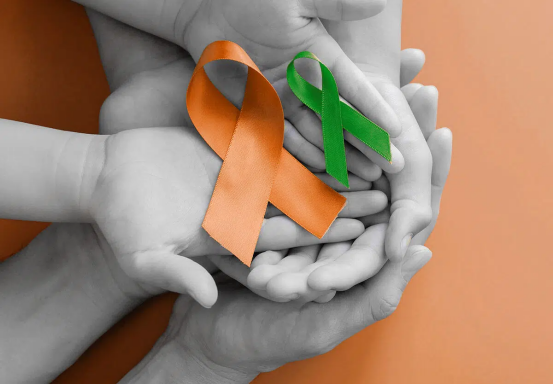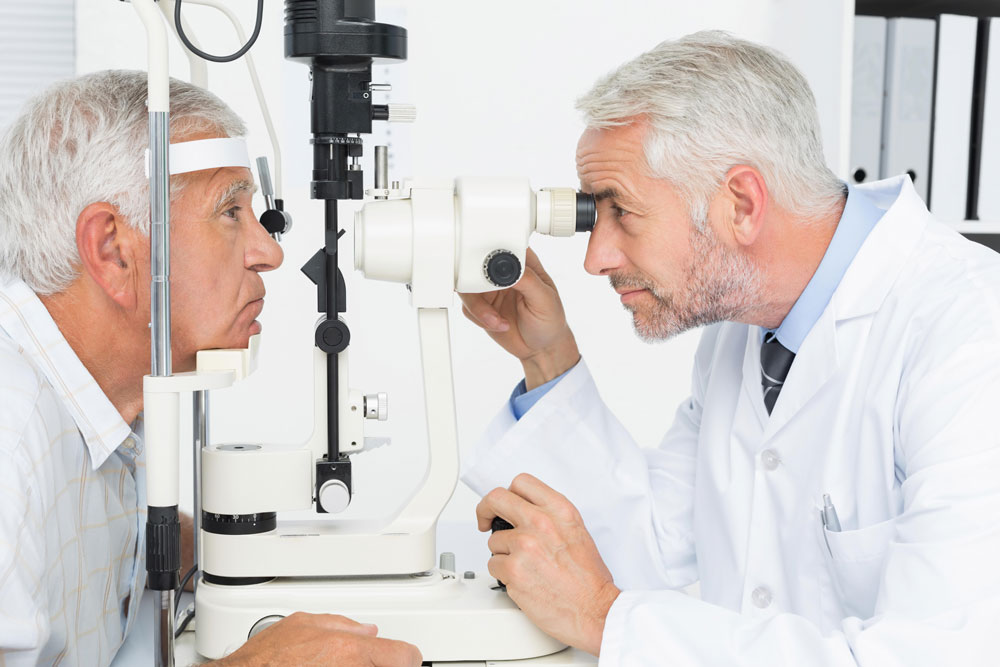
Leukemia is a serious and often misunderstood disease that impacts the blood and bone marrow. Although the condition may not show obvious symptoms early on, it is essential to understand the warning signs, diagnostic procedures, and treatment strategies to ensure better outcomes. In this article, we will break down what leukemia is, how it is diagnosed, and the various treatment options available to patients.

What is Leukemia?
Leukemia refers to a group of cancers that affect the blood and bone marrow. It is characterized by the abnormal production of white blood cells that do not function properly. These abnormal cells can crowd out healthy blood cells, leading to complications like anemia, infection, and bleeding.
There are several types of leukemia, broadly categorized into acute and chronic forms, depending on how fast the disease progresses. Acute leukemia develops quickly and requires immediate treatment, while chronic leukemia tends to progress more slowly and may remain symptom-free for extended periods.
Key Symptoms of Leukemia
The early stages of leukemia can be hard to detect because the symptoms often mimic other common illnesses. However, there are some telltale signs that might indicate leukemia:
- Unexplained fatigue: Feeling constantly tired, even after rest or sleep.
- Frequent infections: A weakened immune system leads to more frequent and severe infections.
- Unusual bruising or bleeding: You may notice unexplained bruises, nosebleeds, or even bleeding from the gums.
- Pain in bones or joints: Leukemia can cause pain or tenderness in the bones and joints as it impacts the bone marrow.
- Swollen lymph nodes: Enlarged lymph nodes, especially in the neck, armpits, or groin, could signal the presence of leukemia.
- Pale or sallow skin: Anemia can result from the lack of healthy red blood cells, making the skin appear pale.
- Weight loss and fever: Unintentional weight loss and low-grade fevers are common symptoms of leukemia.
While these symptoms can be caused by many other conditions, anyone experiencing several of them should consult a healthcare professional for further investigation.
How is Leukemia Diagnosed?
Early diagnosis is critical for effective treatment. There are several steps involved in diagnosing leukemia, including the following:
- Blood Tests: The first step in diagnosing leukemia typically involves a complete blood count (CBC) to check for abnormalities in white blood cell, red blood cell, and platelet counts.
- Bone Marrow Aspiration: A bone marrow biopsy is often done to confirm the presence of leukemia cells. A small sample of bone marrow, usually taken from the hip bone, is examined to determine if leukemia is present.
- Genetic Testing: Genetic tests may be used to identify specific mutations or chromosomal changes in leukemia cells. This information helps doctors determine the best treatment plan for the patient.
- Imaging Tests: Although not always necessary, imaging techniques such as CT scans or X-rays can be used to detect enlarged organs or lymph nodes that may be associated with leukemia.
Treatment Options for Leukemia
Treatment for leukemia depends on several factors, including the type of leukemia, the patient's age, overall health, and the stage of the disease. Common treatment options include:
- Chemotherapy: Chemotherapy remains the most common treatment for leukemia. It involves the use of drugs to kill leukemia cells or stop their growth. These drugs can be taken orally or administered intravenously, depending on the type of leukemia.
- Radiation Therapy: Radiation uses high-energy rays to target and destroy leukemia cells. This may be used in combination with chemotherapy to shrink tumors or treat specific areas affected by leukemia.
- Stem Cell Transplantation: In cases where leukemia is aggressive or doesn't respond to other treatments, a stem cell transplant (bone marrow transplant) may be recommended. This procedure replaces the patient's damaged bone marrow with healthy stem cells from a donor, allowing the production of healthy blood cells.
- Targeted Therapy: This newer approach uses drugs that specifically target cancerous cells while sparing healthy cells. Targeted therapies may be more effective with fewer side effects compared to traditional chemotherapy.
- Immunotherapy: Immunotherapy aims to strengthen the body’s immune system to better fight off leukemia cells. This can include monoclonal antibodies, CAR T-cell therapy, and immune checkpoint inhibitors.
- Clinical Trials: For some patients, participating in a clinical trial may be an option. These trials give patients access to experimental treatments that could potentially offer better outcomes than current therapies.
Life After Leukemia Diagnosis
Being diagnosed with leukemia can be emotionally and physically challenging, but many patients go on to live long, healthy lives after treatment. Here are a few things to consider:
- Emotional Support: It's normal to feel overwhelmed after a leukemia diagnosis. Lean on family, friends, or support groups to help you navigate the emotional aspects of the disease.
- Post-Treatment Care: Regular follow-up visits are essential to monitor for relapse and ensure the treatment is working. These visits also provide an opportunity to address any new symptoms or health concerns.
- Healthy Living: Eating a balanced diet, staying active (as advised by your doctor), and maintaining a healthy lifestyle can help speed recovery and improve overall well-being.
Conclusion
Leukemia is a serious condition, but with early detection, accurate diagnosis, and the right treatment plan, many patients can achieve long-term remission or even a complete cure. Understanding the symptoms, the diagnostic process, and the available treatment options is crucial for anyone facing the possibility of leukemia.
If you or a loved one are experiencing signs of leukemia, don’t wait—seek medical advice as soon as possible. The earlier leukemia is diagnosed, the better the chances of successful treatment.
Act Now! Early diagnosis and treatment of leukemia can save lives. Consult a healthcare professional if you notice any symptoms.







